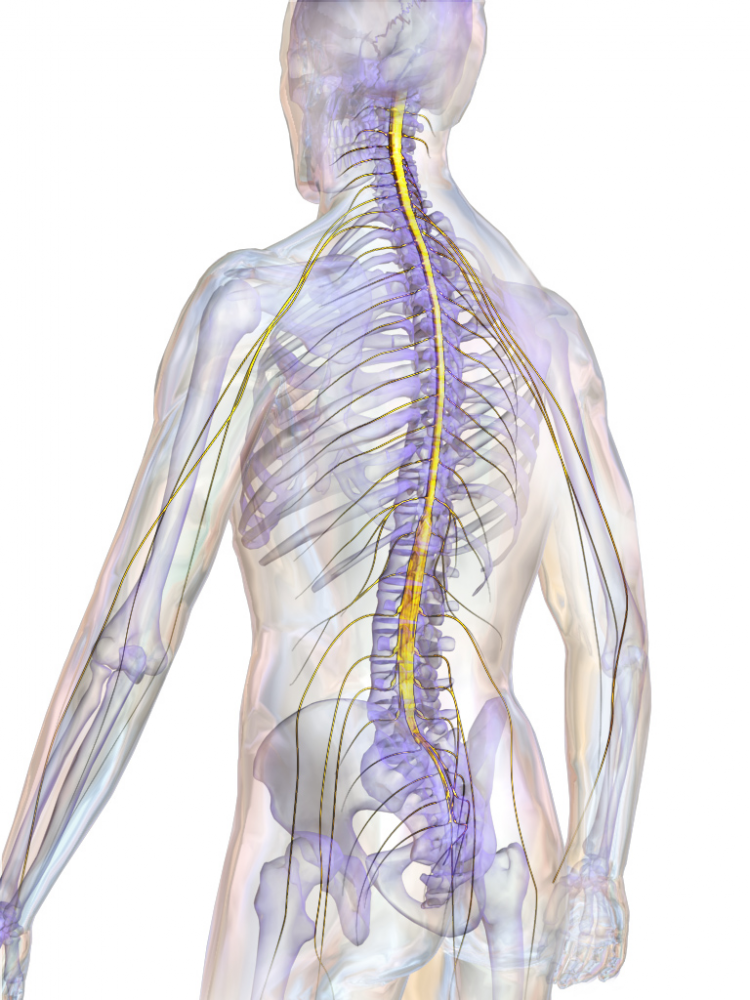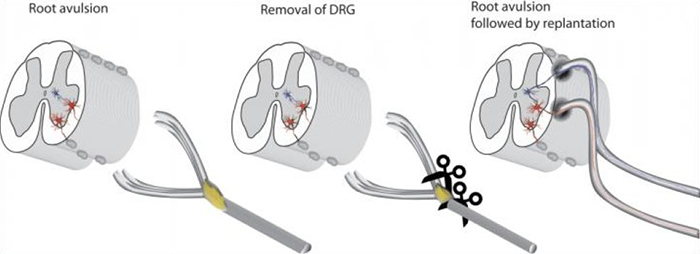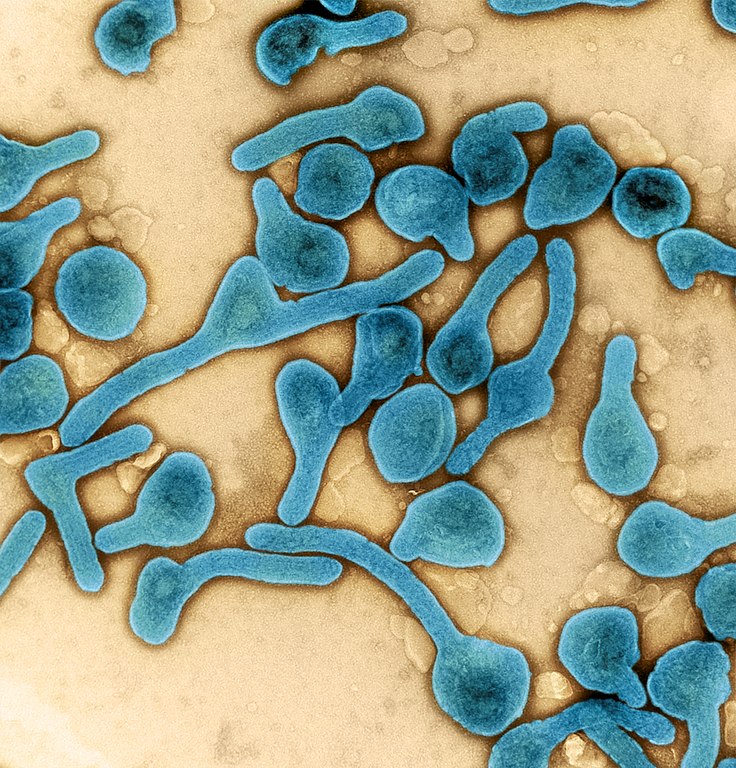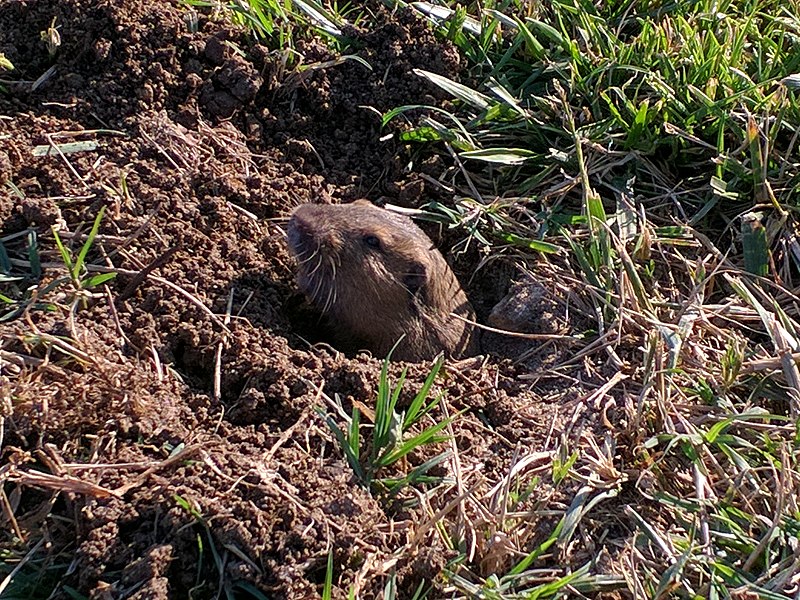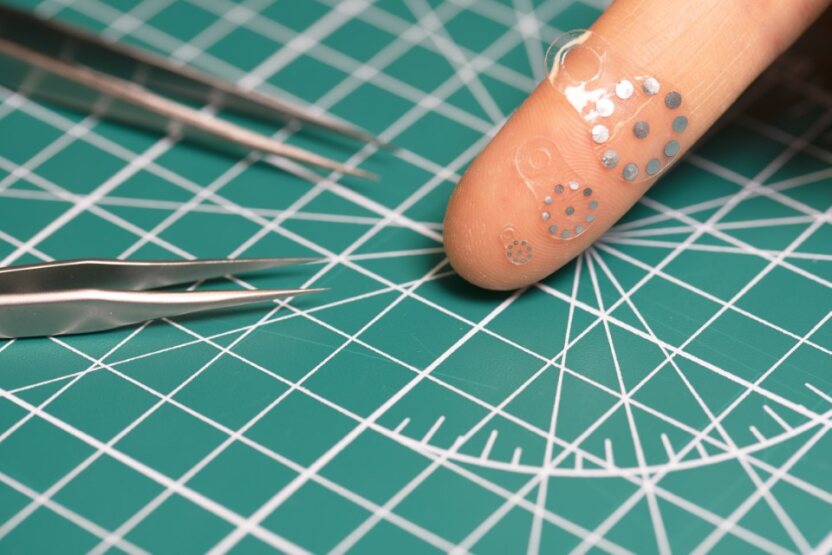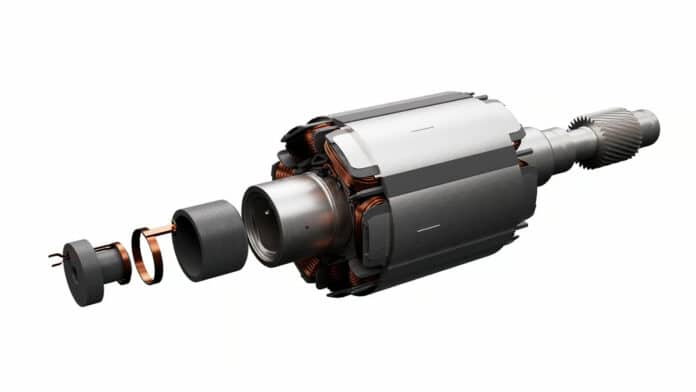Our nervous system consists of the brain, spinal cord and a complex network of neurons. Motor neurons control the muscles, and sensory neurons transmit information related to temperature, pain and touch. The brain processes and interprets sensory information and controls motor function.
A bundled structure where neurons connect with the spinal cord is called a root. Both motor and sensory roots can get torn in traumatic injuries, resulting in the brain getting disconnected from the neural feedback.
So far, surgeons have been successful at replacing and reconnecting motor-neuron roots where they are torn, but sensory roots have proven to be a challenge.
Recently, a team from King’s College London developed a new surgical technique to reconnect the sensory roots. They are building upon the work of surgeons from the UK and Sweden who had successfully developed the technique to reconnect sensory neurons to the spinal cord. With this latest research, the team has gained greater insight into the technique and its mechanism at a cellular level by recreating it in rats with severed spinal cords.
Reconnecting sensory neurons with the spinal cord after injury
The new technique involves cutting the original sensory nerve cells from the root and implanting the remaining root directly into a deeper structure in the spinal cord. This area is called the dorsal horn and contains secondary sensory neurons that normally do not connect directly to sensory roots.
When tested on patients, it revealed that the root reconnected with the spinal cord to create a complete, functional neural circuit.

